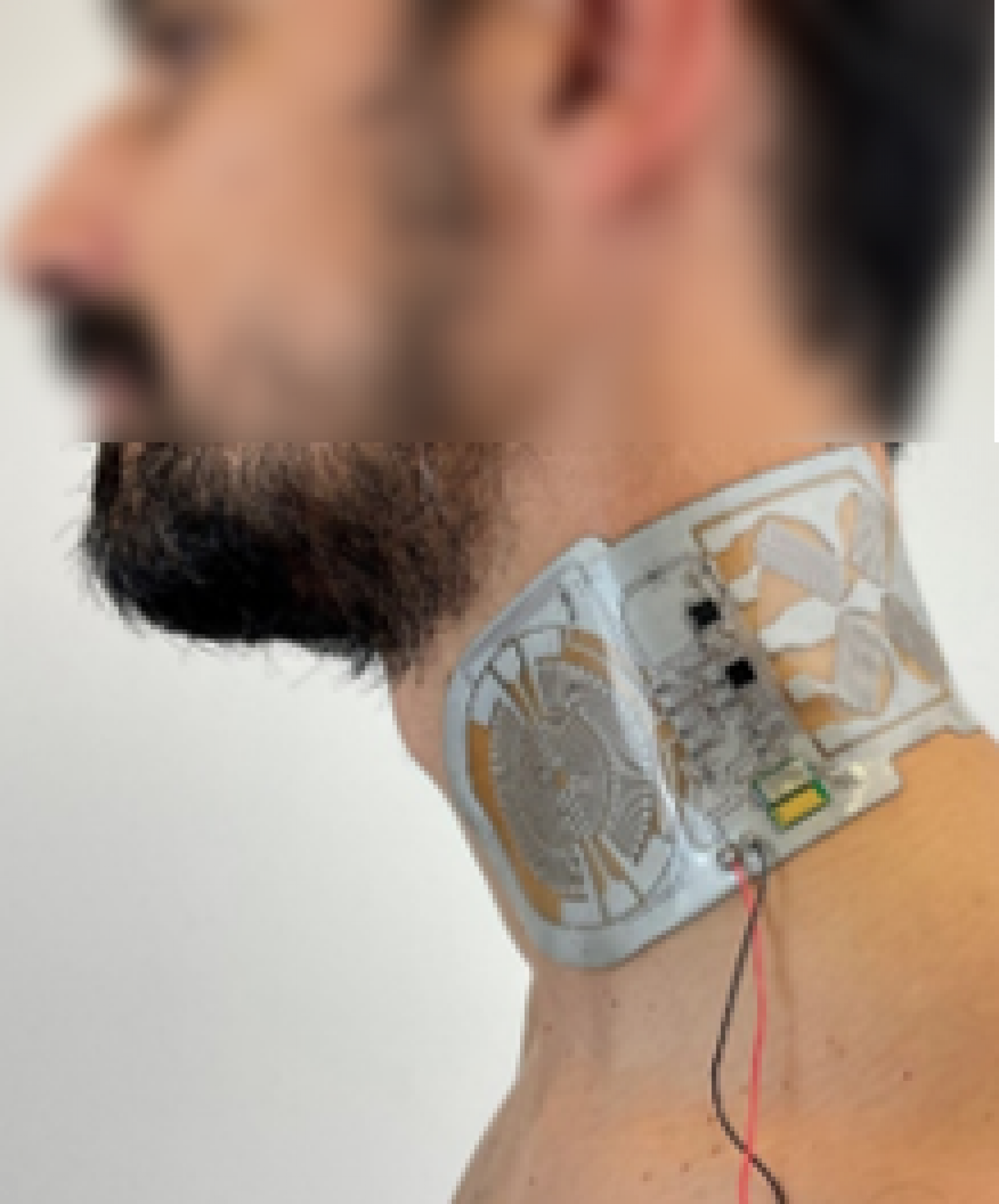Scientists from the University of Coimbra present new techniques to combat electronic waste
UC researchers have developed and tested new techniques that allow the 3Rs policy (reduce, reuse and recycle) to be applied in the field of electronics.
English version: Diana Taborda
E-waste (electronic waste) is one of the toxic waste with the most significant growth in recent years. Researchers from the University of Coimbra (UC) have now developed and tested a set of new techniques that can reverse this scenario and apply the 3Rs policy (reduce, reuse and recycle) in the field of electronics. The results were published in the journal Advanced Materials.
The research, funded under the WoW projects of Carnegie Mellon Portugal Program (CMU Portugal), Dermotronics and SMART Display, is a new step in the fight against technological pollution. E-waste production has currently reached an alarming level of 7 kg/person/year. Only 20% of e-waste is sent for recycling, and only a small percentage of precious metals - mainly gold - is recovered.
Despite the urgency to find solutions and new ways of production, the first author of the scientific paper, Mahmoud Tavakoli, explains that the effective application of the Three Rs to electronics is only feasible "if we can demonstrate new manufacturing techniques that, on the one hand, rely on resilient, repairable and recyclable materials and, on the other hand, can compete with existing techniques in terms of pattern resolution, multilayer implementation, microchip integration and autonomous manufacturing".
This research is being conducted at the Institute for Systems and Robotics (ISR) of the Department of Electrical and Computer Engineering (DEEC) of the Faculty of Sciences and Technology of the University of Coimbra (FCTUC), with a new architecture for scalable, autonomous, high-resolution production of 3R electronic devices.
More specifically, the researchers have introduced a new architecture for soft materials, such as conductive composites and substrates that meet 3R objectives; developed autonomous manufacturing techniques, including high-resolution digital patterns and single-step microchip soldering, as well as technologies to support the recycling of materials and components.
“By addressing these challenges, this work lays the foundation for the next generation of recyclable soft-matter electronics that can compete with current PCB manufacturing techniques, thus paving an important step toward green fabrication and sustainable and responsible application”.
The article “3R Electronics: Scalable Fabrication of Resilient, Repairable, and Recyclable Soft-Matter Electronics”, is available at: https://onlinelibrary.wiley.com/doi/pdf/10.1002/adma.202203266.

